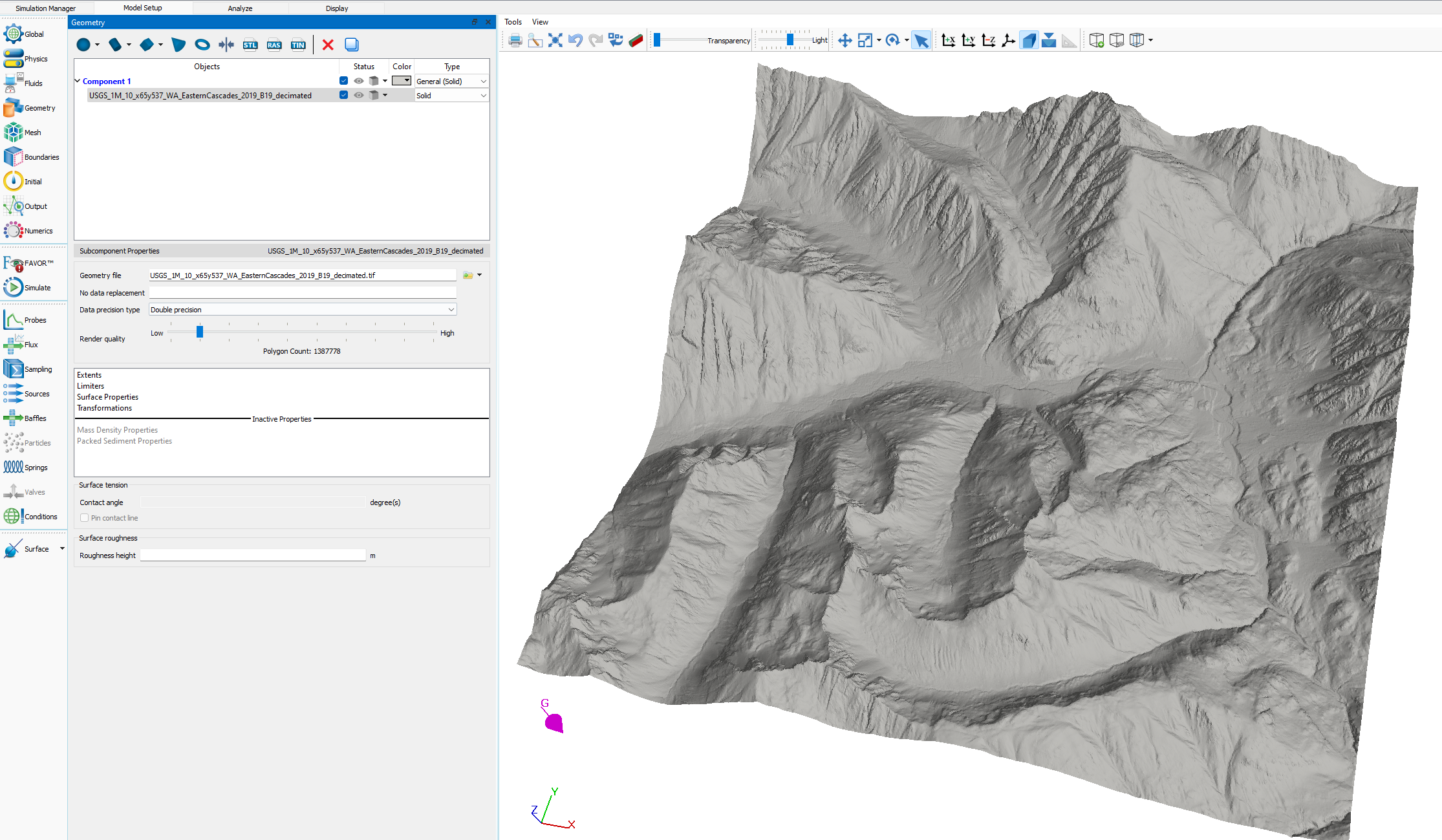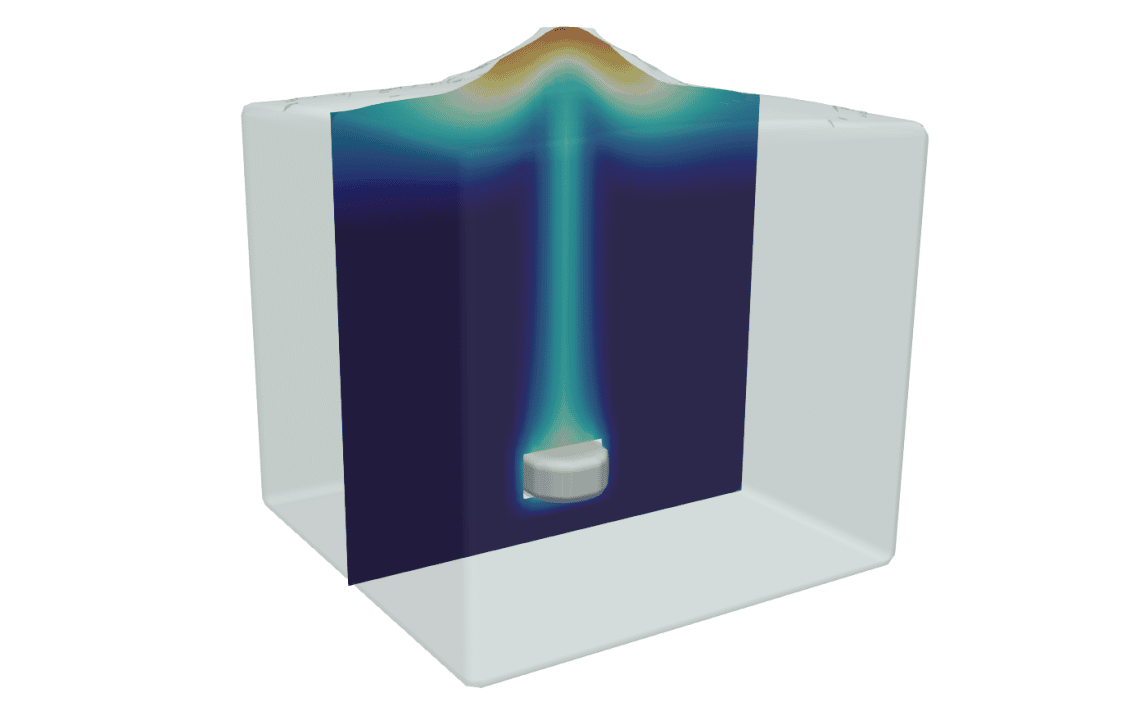FLOW-3D HYDRO 2023R2
$ 160.00
FLOW-3D HYDRO is the complete CFD modeling solution for the civil and environmental engineering industry. FLOW-3D HYDRO features a streamlined, water-focused user interface and offers new simulation templates for efficient modeling workflows, as well as expanded training materials geared to the needs of the civil or environmental engineer. Powered by the industry-leading FLOW-3D solver engine, along with new developments for water treatment, mine tailings, multiphase flows and shallow water models, FLOW-3D HYDRO puts exceptional simulation capabilities in the hands of the user.
Description
What’s New in FLOW-3D HYDRO 2023R2
New results file format
We introduced an all-new results file format based on the EXODUS II format, enabling faster postprocessing in FLOW-3D HYDRO and FLOW-3D POST 2023R2. This new file format significantly reduces the time spent on postprocessing tasks for large, complex simulations (up to 5x on average!) while improving connectivity with other visualization tools.
Users now have the choice to write Selected data in either flsgrf, EXODUS II, or both flsgrf and EXODUS II file formats. The new EXODUS II file format utilizes finite element meshes for each object, which allows users to also open FLOW-3D HYDRO results with other compatible postprocessors and FEA codes. With the new workflow, users can visualize large, complex cases quickly and extract auxiliary information using arbitrary slicing, volume renders, and statistics.
The new results file format boasts a remarkable speed-up in visualization workflows compared to flsgrf without sacrificing the performance of the hydr3d solver. This exciting new development provides a seamless simulation experience with improved speed and flexibility in results analysis.
Turbulence model improvements
FLOW-3D HYDRO 2023R2 brings a major improvement to the dynamic mixing length calculation for two-equation (RANS) turbulence models. In certain limiting cases such as near-laminar flow regimes, the code-computed limiter could in previous versions sometimes be overpredicted, forcing the user to manually input a specific mixing length.
The new dynamic mixing length calculation better accounts for the turbulent length and time scales in these situations, and users can now apply the dynamic model to a wider range of flows instead of setting a fixed (physics-based) mixing length.
Hydrostatic pressure initialization
It is often necessary for users to initialize hydrostatic pressure in pre-defined fluid regions. Previously in large, complex simulations, the hydrostatic pressure solver could sometimes be slow to converge. FLOW-3D HYDRO 2023R2 brings a significant performance improvement to the hydrostatic solver, enabling it to converge up to ~6x faster during the preprocessing stage.
Expanded terrain representation support
GeoTIFF support
With the 2023R2 release, FLOW-3D HYDRO natively supports the GeoTIFF (.tif) file format for raster topography and bathymetry. Users can now directly import GeoTIFF files into the user interface.
LandXML support
In cases where survey data is non-uniform or raster surfaces do not have sufficient resolution, TIN surfaces offer an improved map of the topography via the LandXML (.xml) file format. FLOW-3D HYDRO 2023R2 natively imports LandXML files.
Improved interactivity with raster files
Raster files often cover large topographic areas at high resolution, which can slow down the interactivity of the 3D representation in the user interface. Users can now control the quality of the 3D representation, greatly reducing the rendering time and significantly improving interactivity.
What’s New in FLOW-3D HYDRO 2023R1
All products in the FLOW-3D software family received IT-related improvements in 2023R1. FLOW-3D HYDRO 2023R1 now supports Windows 11 and RHEL 8. Our Linux installer has been improved to report missing dependencies and it no longer requires root-level permissions, which makes installation easier and more secure. And for those of you who have automated your workflows, we added a command-line interface to our input file converter so that you can ensure your workflow is working with updated input files, even in scripted environments.
Shallow water turbulence models
Turbulence is a key aspect of water and environmental flow fields, especially so in regimes modeled with shallow water approximations. We enhanced our treatment of turbulence in our shallow water model to include three new turbulence models, the constant diffusivity, mixing length, and Smagorinsky models, to help reduce modeling risk and give better results.
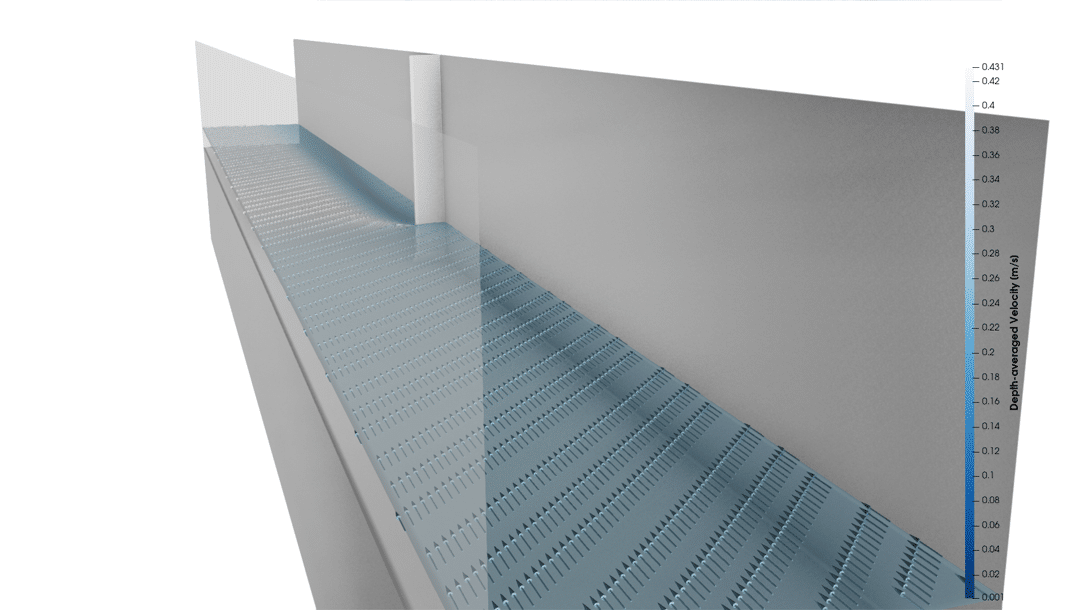
What’s New in FLOW-3D HYDRO 2022R2
With the release of FLOW-3D HYDRO 2022R2, Flow Science has unified the workstation and HPC versions of FLOW-3D HYDRO to deliver a single solver engine capable of taking advantage of any type of hardware architecture, from single node CPU configurations to multi-node parallel high performance computing executions. Additional developments include improved entrained air functionalities, as well as boundary condition definition improvements for water and environmental applications.
Unified solver
We migrated our FLOW-3D products to a single, unified solver to run seamlessly on local workstations or on high performance computing hardware environments.
Many users run their models on laptops or local workstations, but in addition run larger models on high performance computing clusters. With the 2022R2 release, the unified solver allows users to exploit the same benefits of OpenMP/MPI hybrid parallelization from HPC solutions to run on workstations and laptops.
Multi socket workstations
Multi socket workstations are now very common and capable of running large simulations. With the new unified solver, users using this type of hardware will generally see performance gains from being able to run models taking advantage of OpenMP/MPI hybrid parallelization that used to be only available on HPC cluster configurations.
Low level routines improved vectorization and memory access
Performance gains on the order of 10% to 20% have been observed for most test cases, with some cases yielding run-time benefits in excess of 20%.
Refined volumetric convective stability limit
Time step stability limit is a major driver in model runtime, with 2022R2, a new time step stability limit, 3D convective stability limit, is available in the numerics widget. For models that are running and convection limited (cx, cy, or cz limits) the new option has shown typical speed-ups on the order of 30%.
Pressure solver pre-conditioner
In some cases, for challenging flow configurations, run times can be drawn out due to excessive pressure solver iterations. For those difficult cases, with 2022R2, when a model iterates too heavily, FLOW-3D automatically activates a new pre-conditioner to help with pressure convergence. Tests have improvements in runtime anywhere from 1.9 to 335 faster!
Log conformation tensor method for visco-elastic fluids
A new solver option for visco-elastic fluids is available to our users, and is particularly effective for high Weissenberg numbers.
FLOW-3D HYDRO boundary conditions refinements
Two improvements for water application boundary conditions are available in FLOW-3D HYDRO 2022R2. Shallow water volume flow rate boundary conditions have been improved to yield more realistic, spatially-varying velocity profiles so users can reduce the domain size without losing accuracy. For natural inlet boundary conditions, the response to transient conditions can be improved with the use of the rating curve relaxation time option.
Improved entrained air functionalities
For diffusers and similar bubble flow applications, mass sources can now be used to introduce air into the water column. In addition, default values for the turbulent diffusion of entrained air and dissolved oxygen have been updated.
Streamlined GUI for W&E Practitioners
FLOW-3D HYDRO’s streamlined user interface features workflows designed for civil & environmental applications, providing effective, accurate and error-free modeling.
User success is achieved through:
- Immediate access to relevant modeling features and parameter selection options
- Removal of unnecessary information, allowing for superior modeling clarity and modeling outcomes
- A faster, more sequential workflow with enhanced visibility of important settings, meaning fewer places to make mistakes
- Convenient defaults that save you time and remove repetitive entries
- Help and guidance when you need it
- A new extended examples library covers a wide range of model problems from simple to complex example use cases
- Video tutorials and templates provide additional immediate guidance for the most challenging modeling needs
Simulation Templates
Save time, avoid mistakes, and run consistent models with FLOW-3D HYDRO’s Workspace Templates. Workspace Templates pre-load fluid properties, physical models, numerical settings and simulation outputs for common applications.
Workspace Templates are available for seven classes of models:
- Free surface – TruVOF (default)
- Air entrainment
- Thermal plumes
- Sediment transport
- Shallow water
- Free surface – 2 fluid VOF
- no free surface
Pre-loaded Example Simulations
FLOW-3D HYDRO’s library of over forty pre-loaded water-focused example simulations provide a great starting point for modeling your application. Pre-loaded example simulations give modelers a detailed starting point for most applications as well as a roadmap of model setups and best practices.
Related products
-
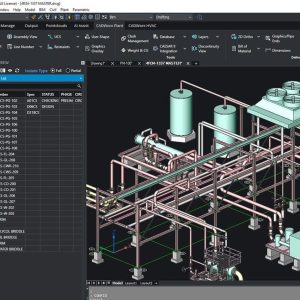
CADWorx Plant Professional 24 full cracked release
$ 175.00 Add to cart Quick View -
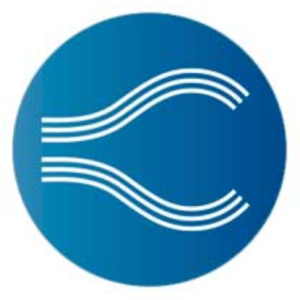
Converge Studio 2025 version 4.1.2 full cracked release
$ 170.00 Add to cart Quick View -

FLOW-3D HYDRO 2024R1 full cracked release
$ 170.00 Add to cart Quick View -

FLOW-3D POST 2024R1 cracked release
$ 170.00 Add to cart Quick View -
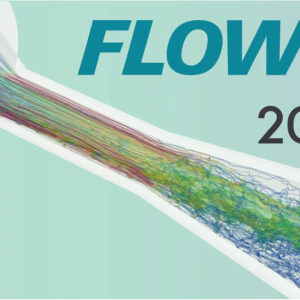
FLOW-3D 2022R2 cracked license
$ 150.00 Add to cart Quick View -
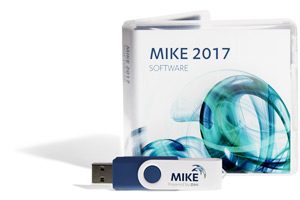
FEFLOW 7.4 Update 3 cracked license
$ 150.00 Add to cart Quick View -

DEFORM v14.0 SP2 full cracked release
$ 165.00 Add to cart Quick View -

CADWorx Plant Professional 23 full cracked release
$ 160.00 Add to cart Quick View -
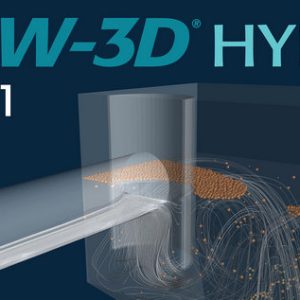
FLOW-3D HYDRO 2025R1 full cracked version released
$ 180.00 Add to cart Quick View -

DHI FEFLOW 8.1.3 full cracked license
$ 160.00 Add to cart Quick View





